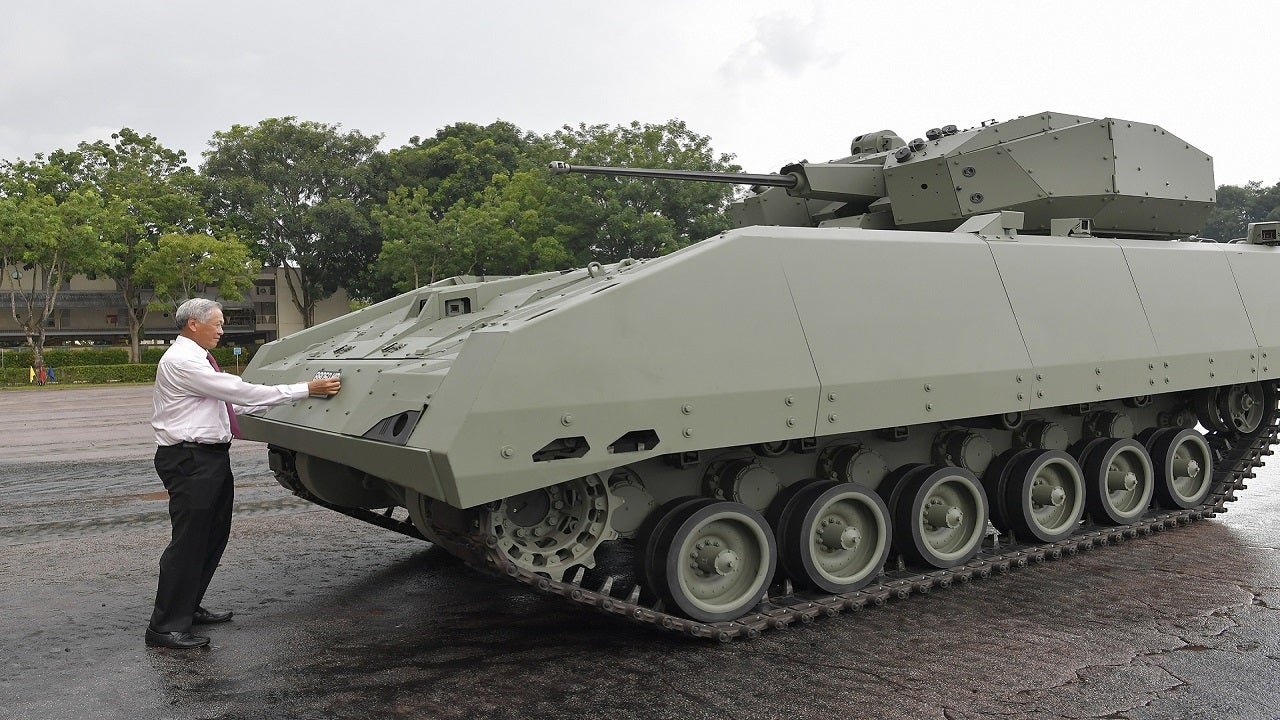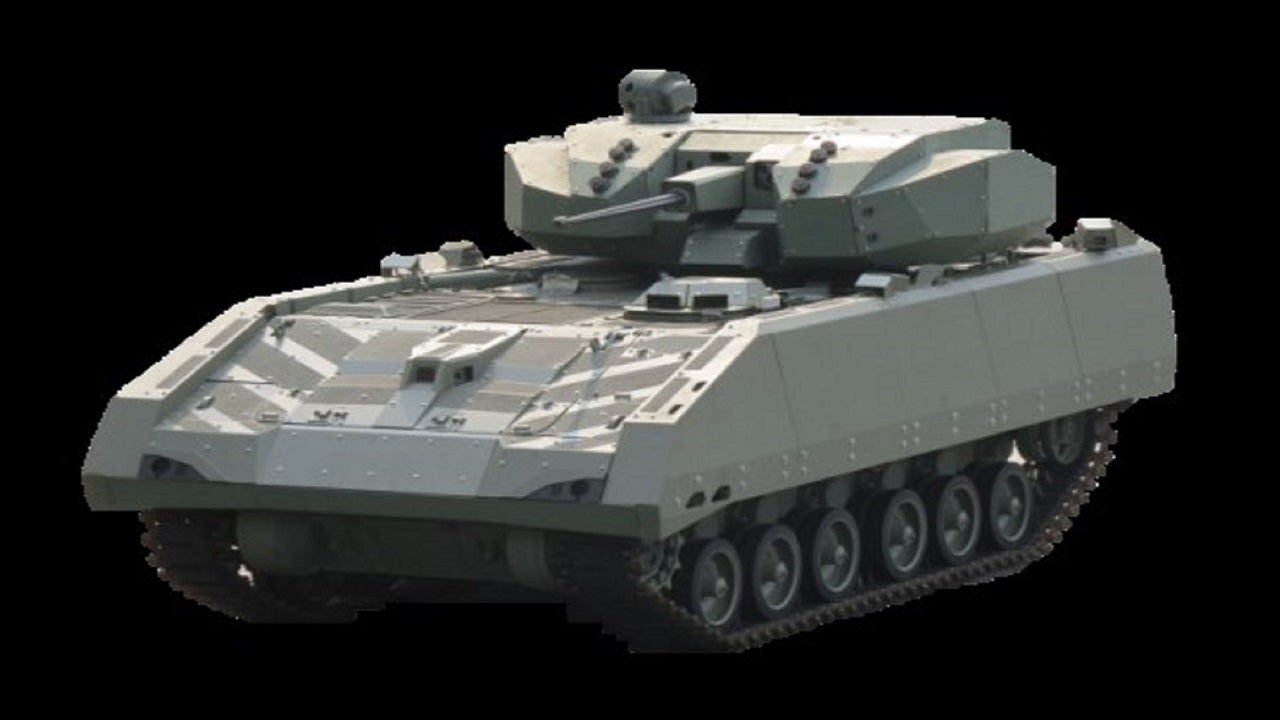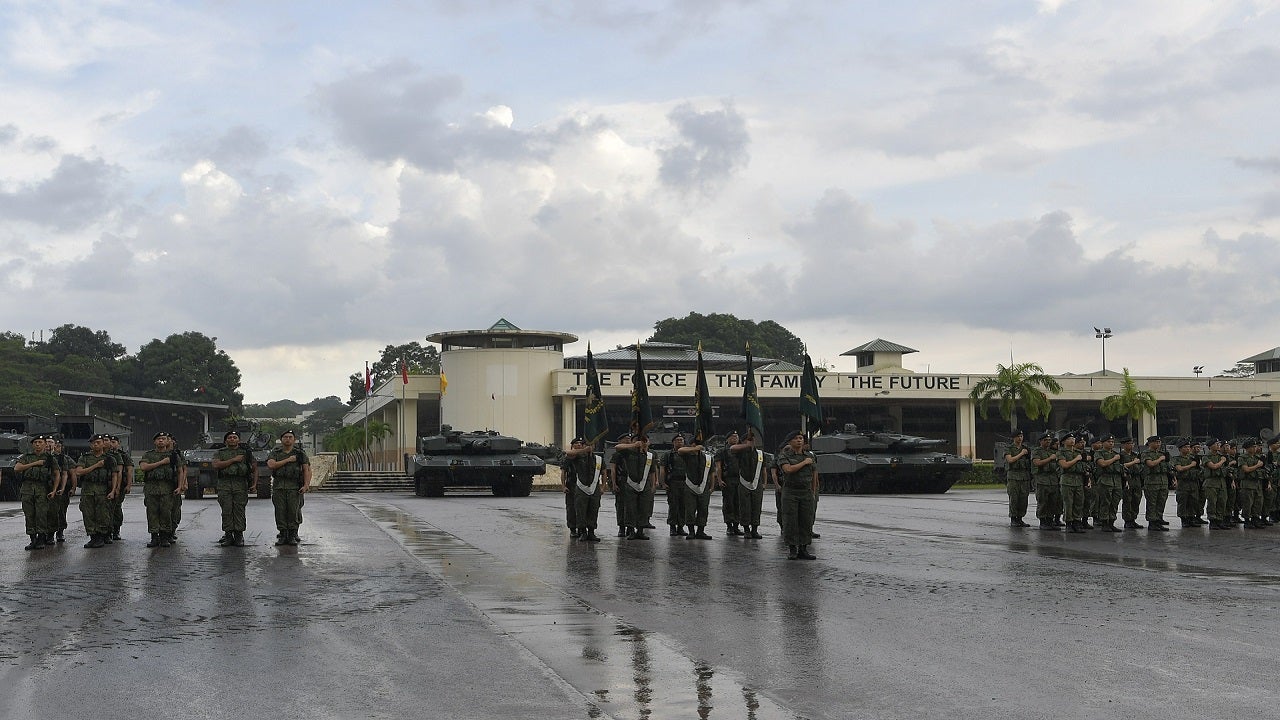SINGAPORE: Twelve national servicemen have been injured after two armoured vehicles collided during Exercise Wallaby, the Singapore Armed Forces' (SAF) largest unilateral overseas exercise, in Queensland, Australia on Tuesday (September 24).
“At approximately 7.40pm Australia time (5.40 pm Singapore time), one Hunter armoured fighting vehicle (AFV) rear-ended another while moving back to base at Shoalwater Bay Training Area," the Ministry of Defence (MINDEF) said in a statement.
"Twelve SAF servicemen sustained minor injuries and they have been transported to the hospital. They are currently being treated or recovering well.
"The safety and well-being of our people is of paramount importance. The army has called for a safety pause to remind drivers to maintain proper distance. MINDEF/SAF wish the servicemen a speedy recovery."
Australian news outlet 9News reported that the incident involved an Australian tank and a Singaporean tank.
The injured servicemen were airlifted by military helicopter to Rockhampton Airport and then transported to hospital by ambulance, the Daily Mail Australia said.
Exercise Wallaby, which was first conducted in 1990, is held at the Shoalwater Bay Training Area in Queensland. This year's edition started on Sep 8 and will run until Nov 3, and involves about 6,200 personnel.
The Hunter AFV is jointly developed by the Defence Science and Technology Agency, the Singapore Army and ST Engineering. In 2019, it replaced the SAF's previous fleet of Ultra M113 AFVs, which had been in service since the 1970s.
It is equipped with, among others, a 30mm cannon, a 76mm smoke grenade launcher and an automatic target detection and tracking system to enable the crew to detect targets faster and more effectively. It also has an increased speed and operating range, enabling it to travel longer distances.
1. Watch YouTube video 1 here
2. Video 2 here
■ Hunter AFV: First Digitized Armored Vehicle "Made in Singapore" by Singaporeans for Singapore Army 🇸🇬
●After 13 years of development, the Singapore Army has officially put the Hunter armoured fighting vehicles into service since 2019.
●Project Hunter, formerly known as the Next Generation Armoured Fighting Vehicle (NGAFV), jointly developed by the Singapore defence ministry's Defence Science and Technology Agency (DSTA) since 2006.
●Hunter is an armored platform weighing about 29.5 tons, length is 6.9m, width is 3.4m, and height is 3.4m. It is operated by a crew of 3: Commander, Gunner, and Driver, plus up to eight fully armed soldiers in the passenger compartment.
Hunter Armoured Fighting Vehicle (AFV)
Hunter armoured fighting vehicle (AFV) is the Singapore Armed Forces’ (SAF) next-generation, first fully digitised tracked AFV developed by Singapore’s Defence, Science and Technology Agency in collaboration with ST Engineering and the SAF.
Vehicle Type
Armoured fighting vehicle
Manufacturer
Defence Science and
Technology Agency,
ST Engineering
Length
6.9m
Width
3.4m
Hunter armoured
fighting vehicle(AFV)
is the Singapore
Armed Forces’ (SAF)
next-generation,
first fully digitised
tracked AFV
developed by
Singapore’s Defence,
Science and
Technology Agency
in collaboration with
ST Engineering and
the SAF.
Earlier known as
Next-Generation
AFV (NGAFV), the
vehicle has been
under development
since 2006.
In March 2017, the
Singapore Ministry
of Defence
(MINDEF) awarded
a contract to
Singapore
Technologies
Kinetics, the land
systems arm of ST
Engineering, to
produce Hunter
AFVs. First unveiled
in June 2016, the
Hunter AFV was
commissioned by
the Singapore
Army in June 2019.
The new AVF
replaced the
Singapore Army’s
ageing M113 Ultra
armoured vehicle,
which has been in
service since 1970s.
It strengthens the
capabilities of
armoured and
motorised forces in
lethality, protection, manoeuvrability,
and situational
awareness. The
Hunter AFV can
operate efficiently
in different phases
of military
operations.
Design and features
of the next-
generation AFV
The Hunter AFV is
based on tracked
chassis and features
closed-hatch design,
where all crewmen
are placed inside the
vehicle with the
hatches closed. The
vehicle has a
length of 6.9m,
width of 3.28m,
height of 3.2m,
and weight of 29t.
The vehicle is run by
a crew of three:
driver, commander,
and gunner. The
driver’s seat is
positioned at the
front, whereas the
gunner and
commander are
seated in the middle
section.
The troop compart-
ment is situated at
the rear and can
accommodate up to
eight fully equipped
dismounted soldiers.
The integrated
combat cockpit
allows the
commander and
gunner to carry out
operations with a
common set of
controls. It is also
equipped with auto-
matic target detection
and tracking system
which helps the crew
to quickly detect and
engage targets.
Armament and
protection of
Singapore’s
Hunter AFV
The armoured fight
-ing vehicle comes
with a remotely
operated weapons
system to achieve
increased firepower against
threats. The turret can be
armed with a bigger
calibre automatic cannon
or a 7.62mm NATO-
calibre coaxial machine
gun. The closed-hatch
design improves crew
safety against close-in
attacks and explosive
devices.
The vehicle’s armour offers a
high level of protection for the
crew and troops against small
arms fire. Four smoke grenade
launchers are fitted on both
sides of the turret to provide
self-defence against enemy surveillance and guidance systems.
Digitised fire control
A digitised fire control system aboard the tracked Hunter AFV is designed to execute fire control functions automatically. It also provides increased weapon accuracy while on the move.
The gunner’s periscope, consisting of a stabilised sighting system, a day and thermal camera unit and a laser rangefinder, improves the firing efficiency in both day and night conditions.
The commander’s panoramic sight can operate independently from the turret in 360° and provides the commander with high aiming accuracy, situational awareness and target acquisition capabilities.
All fire control information is displayed on the digital displays located inside the vehicle.
The drive-by-wire feature allows the driver and the commander to operate the vehicle using electrical signals and a common controls and digital graphical user interface.
Sensors aboard SAF’s Hunter AFV
A camera unit mounted on the top of the engine room provides the driver with an unobstructed view through 180°, whereas the rear-mounted cameras provide the driver with a clear view of the sides of the vehicle. The armoured fighting vehicle incorporates networked communication systems to facilitate both voice and data transmission between the on-board personnel. The systems also allow the vehicle crew to communicate with other mechanised units deployed in the battlefield through the Singapore’s Army Battlefield Internet (ABI).
The onboard health and utilisation monitoring system improves fleet management and enables condition-based and predictive maintenance.
Engine and mobility
The Hunter AFV’s engine, having a power to weight ratio of 24.5hp/t, offers increased manoeuvrability and high performance. The combat vehicle can travel at a maximum speed of 70km/h and has an operating range of 500km. It can climb 0.6m-high vertical obstacles and cross up to 2.1m-deep trenches. The vehicle can climb a maximum front slope of 60%.





No comments:
Post a Comment